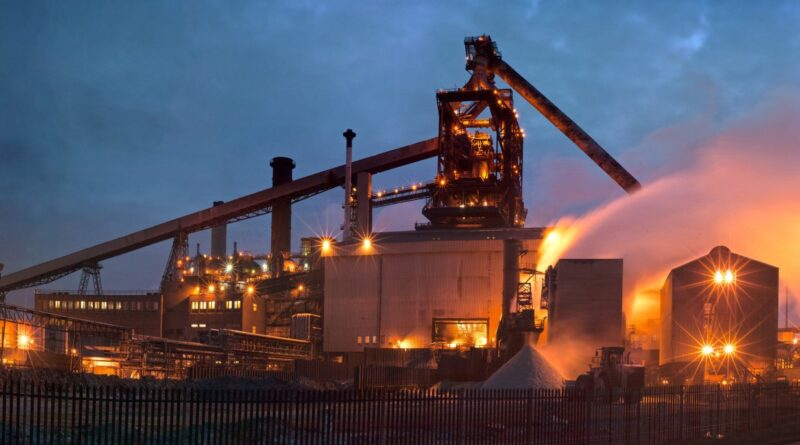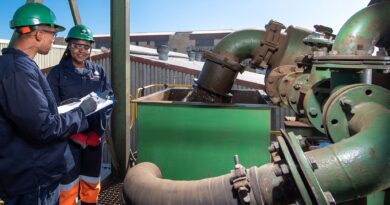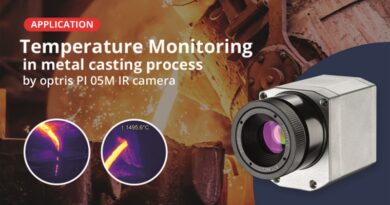A 3-step transition for hydrogen use in steelmaking
Iron and steelmaking are a large contributor to the emission of greenhouse gases, notably CO2. The industry is facing increasing pressure to de-carbonize, but there are many challenges to overcome.
Since the BF-BOF (blast furnace-basic oxygen furnace) process is unlikely to meet the target CO2 reductions, steelmakers face a daunting challenge in transitioning to (near) carbon-neutral ironmaking. Blast furnaces are generally old and need expensive relines and electric arc furnaces (EAF) cannot meet the target residual levels without significant amounts of ore-based metallics (like pig iron or HBI). Hydrogen is not available in quantities and cost needed to be competitive; and no one can predict when it will be.
As a possible answer, Midrex introduced two modifications of the MIDREX NG process that use some or all hydrogen as the reducing gas, which will allow a 3-stage transition to the Hydrogen Economy:
Step 1: Build a MIDREX NG Plant and take immediate advantage of the reductions in CO2 emissions. The product of this plant (CDRI, HDRI or HBI) can be used in existing BOF and EAF meltshops, as well as BFs (in the case of HBI).
Step 2: Add up to 30% hydrogen as it becomes available, but not in quantity or cost suitable for full transition to MIDREX H2. The MIDREX Plant is flexible enough to allow changes in energy source over time to accommodate the likely fluctuations in hydrogen availability when the infrastructure transitions from a carbon to a hydrogen economy.
Step 3: Modify the MIDREX NG Plant to the MIDREX H2 flowsheet and take full advantage of the available hydrogen when it becomes widely available and cost effective to do so. This approach offers the ability to ‘buy time’ while minimizing technology risks.
The intermediate step of hydrogen addition does not require many modifications to an existing plant and can be pre-engineered on a new plant. Converting to MIDREX H2 will require modifications of some of the process equipment, as the process duties (flows, temperature, gas composition etc.) will change.




